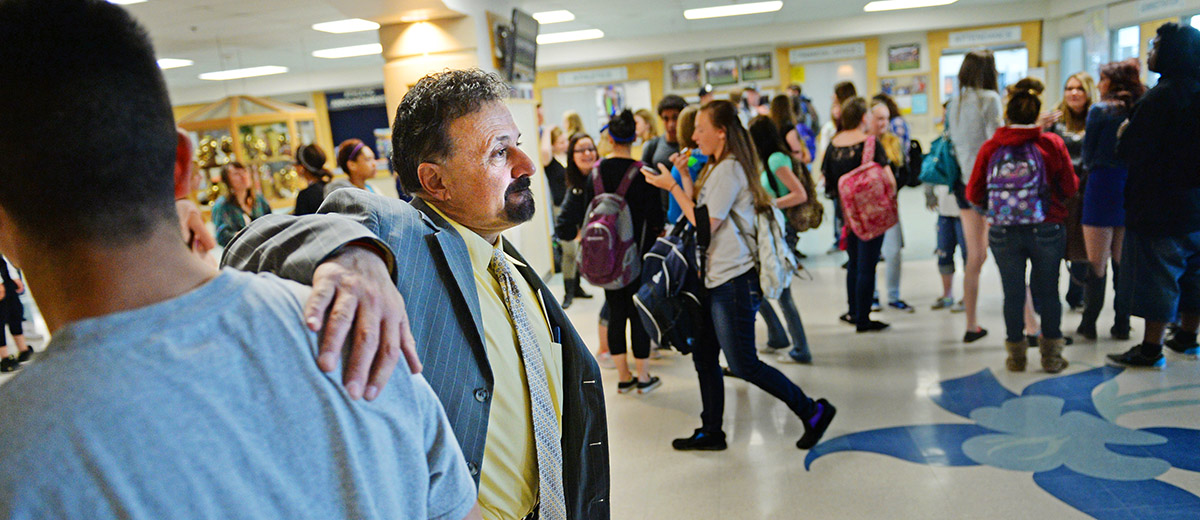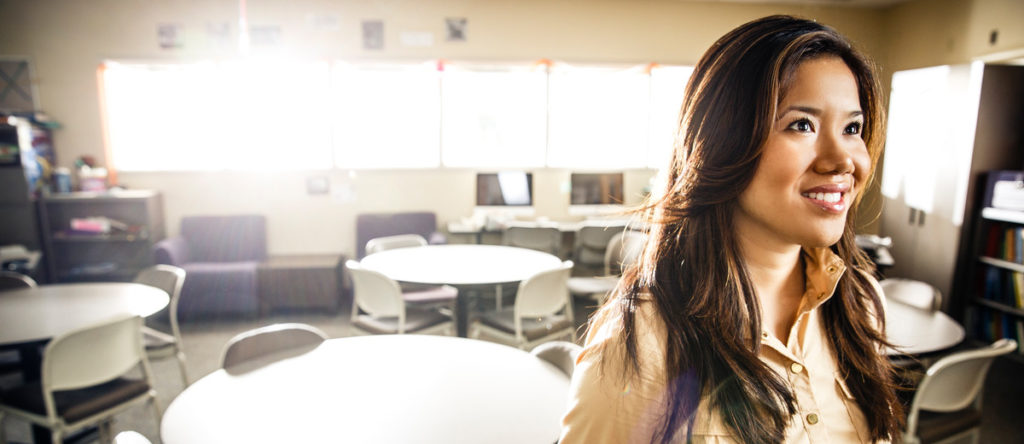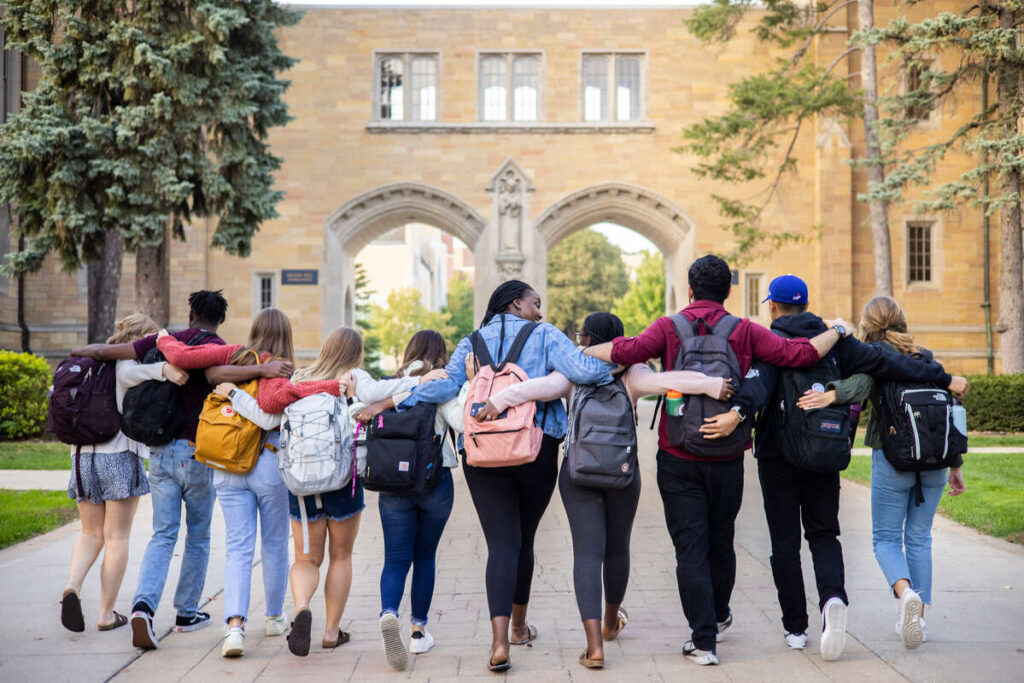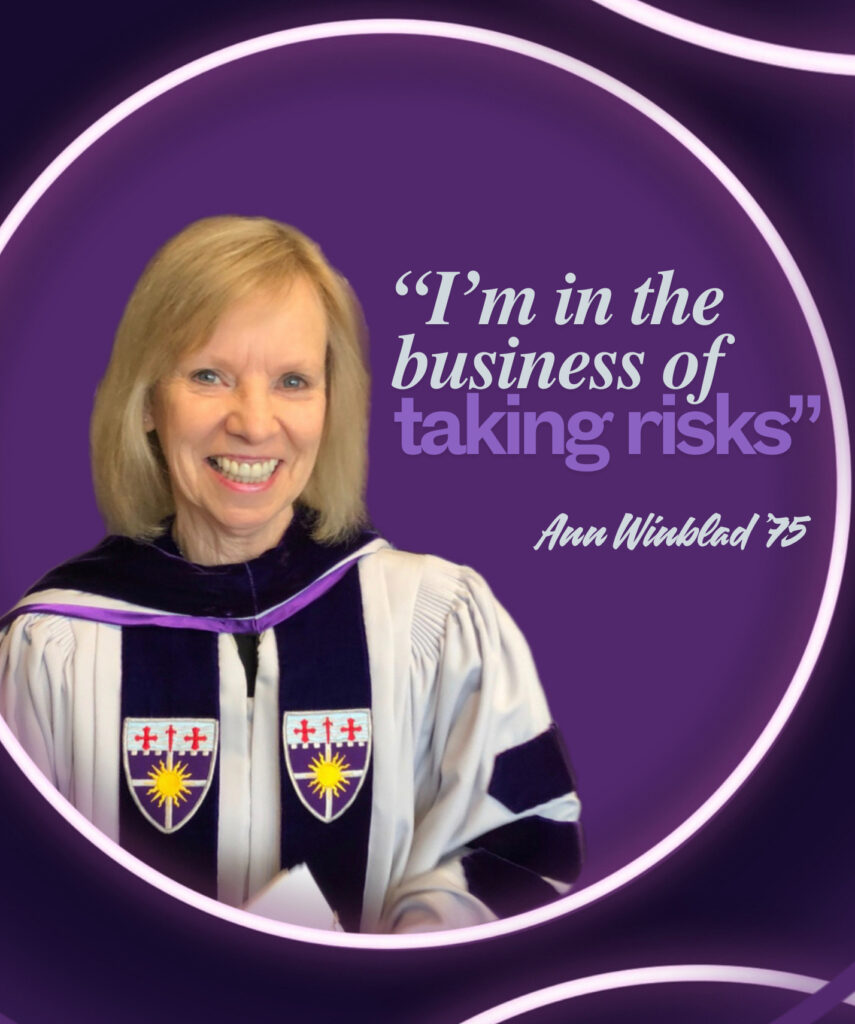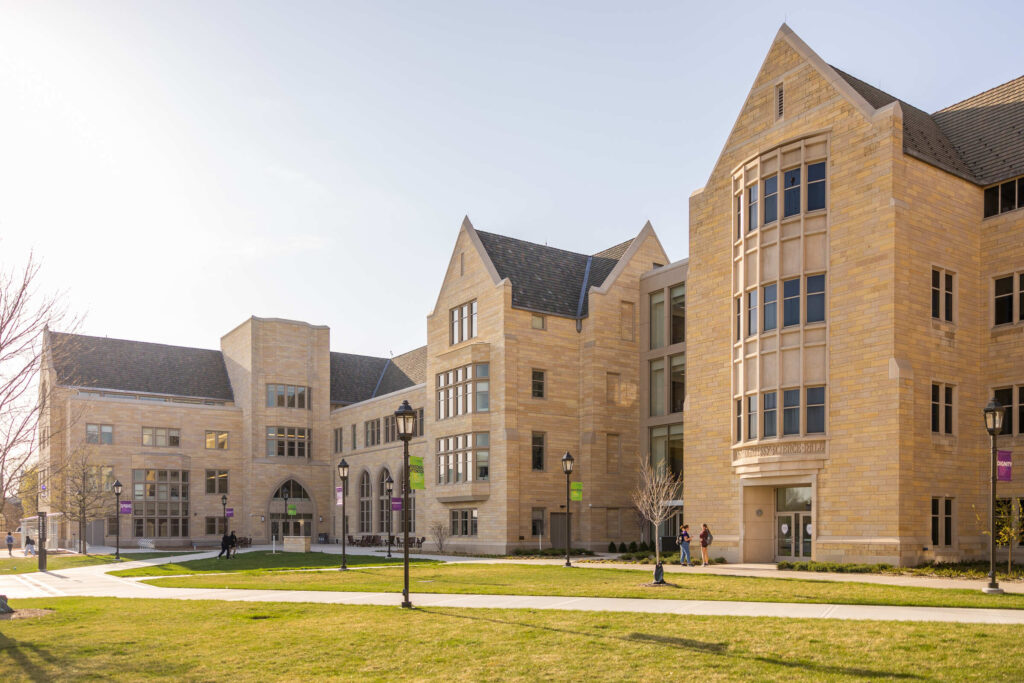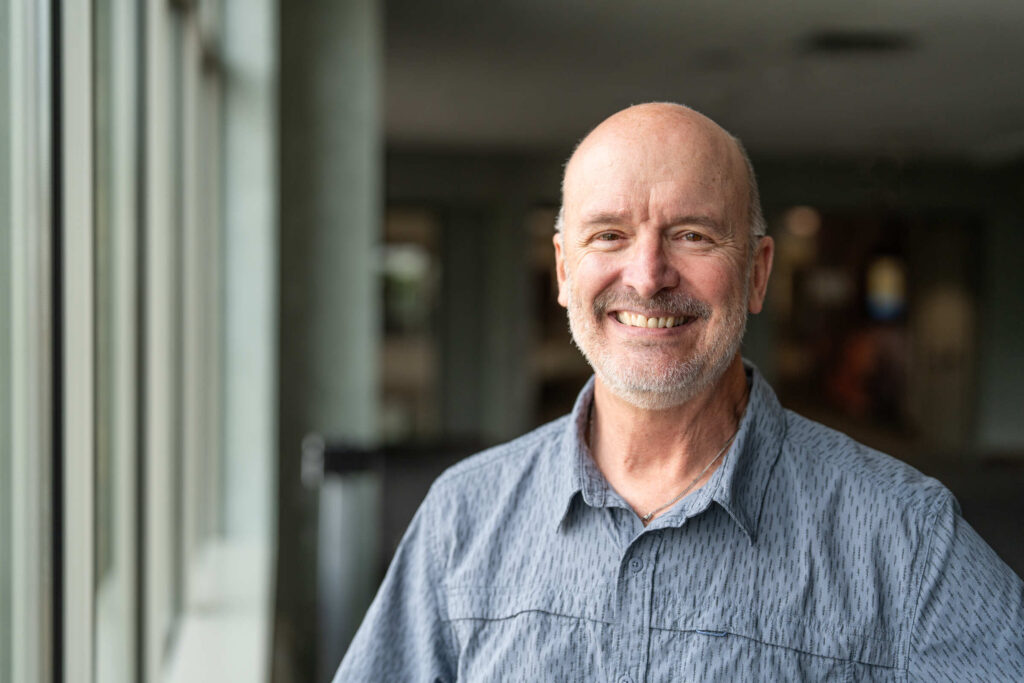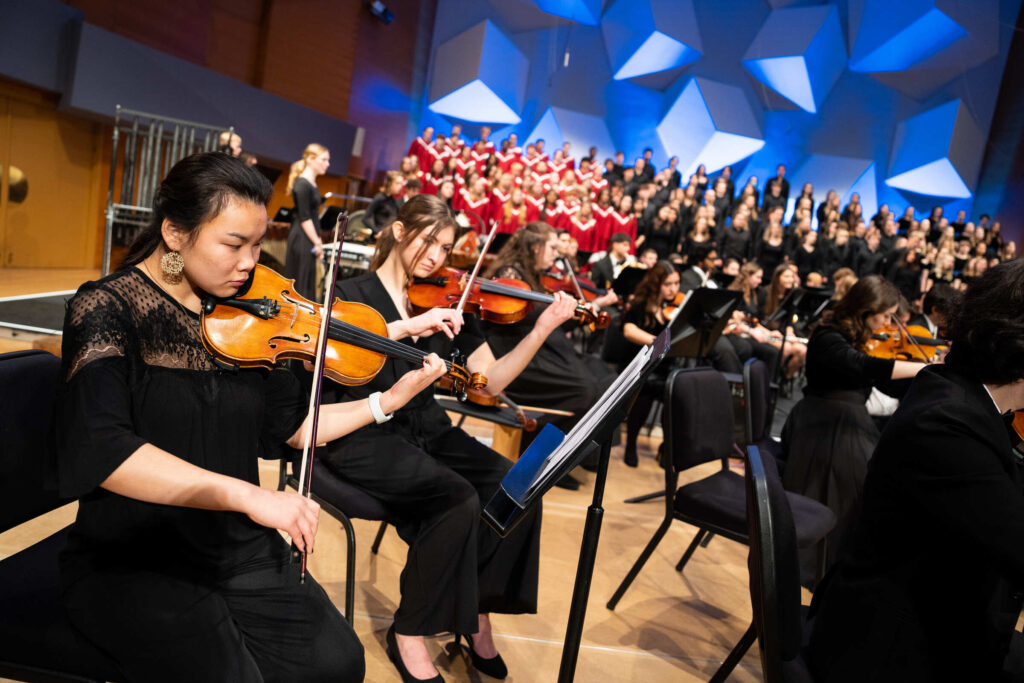LITTLETON, COLORADO
Frank DeAngelis entered Columbine High School during the last full year of President Jimmy Carter’s tenure in 1979. Back then DeAngelis was a social studies teacher. In 1996, he became the school’s fifth principal. This was a time when most of the people of Colorado still associated the word “Columbine” with the state flower.
That all changed a few years later when two students entered the high school intent on mass murder. They ended up killing 13 on April 20, 1999. In doing so, they forever altered the meaning of the word “Columbine.”
Many people expected DeAngelis to quit back then. No one would have blamed him had he left. He knew each and every one of the 12 students who died that day. He was close friends with the teacher who died as well.
Click to Read Hansen's Reflection on Receiving the Assignment to Cover DeAngelis

Chris Hansen (Photo by Mike Ekern '02)
I feel a little alone without my camera.
To be honest, it’s a pretty important part of me. It’s not an appendage, exactly, but it is an extension of who I am as a person and as a professional. Without it, I’m a little less of both.
“In order to do my job, the camera has to be there,” I often joke. “And in turn, so do I.”
Yet without that camera, I would have never had the opportunity to travel with a Minnesota National Guard security convoy as it made its way into Iraq. It was by my side, literally, as I trudged through a muddy aqueduct making my way into a mostly inaccessible town during the worst flood in Colorado history. It was on my shoulder as I recorded what would be the last post-game speech given by legendary St. Thomas basketball coach Steve Fritz. It was even subject to an intense security check prior to a Medal of Honor ceremony at the White House with President Obama.
So, of course, when a co-worker offered me the chance to record the last year of Frank DeAngelis’ tenure as principal of Columbine High School, I knew exactly what I needed to bring with me.
And here is what I witnessed through the lens of my camera – the extraordinary impact DeAngelis had on the students he refused to leave behind.
When the gunfire erupted inside Columbine’s hallways, DeAngelis ran toward it while everyone else ran away.
In the days that followed our country’s worst school shooting to-date, DeAngelis vowed to stay on the job until the last class present that day graduated from Columbine. It was a significant commitment from a man who cared deeply for every student under his watch. In fact, he stayed even longer than he promised.
Class of 2017
Fast forward 15 years to the waning days of summer 2013. While upperclassmen were still enjoying the final hours of their summer vacation, a roaring chant echoed through the hallways of Columbine High School.
We are ... COLUMBINE.
We are ... COLUMBINE.
We are ... COLUMBINE.
On this day, DeAngelis’ last “first day,” the Class of 2017 attended its freshman assembly. Inside the gym, Mr. Moore, a larger-than-life teacher and coach, ran along the front of a packed section of bleachers, screaming into a microphone, “We are.” And in unison, hundreds of freshmen pumped their fists in the air as they cheered, “Columbine.”
Three middle schools funnel students into Columbine High School. While the students in the bleachers likely had not met many of their classmates, DeAngelis made clear that it didn’t matter if some kids hung out at the skate park or were football players or cheerleaders. They were now part of the Columbine family.
Hanging just above the ceiling throughout the school was a long chain of carabiners linked together. The words “We Are Columbine” are etched into each one. On the first day, each freshman is given their own carabiner and instructed to link it together with their classmates’. It’s a symbolic exercise that represents the formation of their class, and the chain is linked together with similar chains representing the rest of the student body. It’s a visible reminder of community that can be seen throughout the school.
Arapahoe Warriors
Since the Columbine shooting, DeAngelis has gained an international reputation on how to pull a school community together after such an unfathomable tragedy. He calls himself the president of a club no one wants to be a part of.
Red Lake.
Virginia Tech.
Chardon.
Newtown.
School communities forced to figure out how to heal and move forward. DeAngelis has become the expert on how to do just that. Whenever gunfire brings a school’s community to its knees, he is the first to call to say that there is hope; however, he never thought he’d have to make that call to a school in the same state, let alone the same county.
On Dec. 13, 2013, another school shooting unfolded just as it has too many times before. A student-turned-gunman walked through the doors of Arapahoe High School in nearby Centennial. He was searching for his former debate team coach. Upon hearing of the threat, the coach fled the building. Before the gunman took his own life, he shot senior Claire Davis in the head, an injury from which she eventually died.
Inside the school, the actions of an Arapahoe County Deputy Sheriff working as a school resource officer are believed to have saved lives that day. He ran toward the gunfire rather than waiting for additional officers to arrive. This is a school-security policy change that came post-Columbine.
I returned to Columbine High School a week after the Arapahoe shooting. You could feel a tension hanging thick in the air. The building was quiet. Students and staff were somber. As soon as I walked in, I was questioned about what I was doing there. It was clear for many Columbine staff members, the Arapahoe shooting brought back painful memories.
That day, DeAngelis asked the students to wear the Arapahoe Warrior’s colors of gold and black. They filled a banner with hundreds of signatures and notes. Last, they proudly hung the words “We are all Warriors” on their school sign.
While eight miles may separate Columbine High School and Arapahoe High School, as tragedy struck again, these two communities could not have felt closer.
Every April 20
A deep sigh can be heard inside DeAngelis’ office. For the last 15 years, no matter what day of the week, DeAngelis closes Columbine High School on April 20.
The school sits empty. Empty classrooms. Empty commons. Empty hallways.
DeAngelis makes his way across the hall from his office into the faculty work room and picks up the phone. Over the intercom system he begins to read a list of names. The same 13 names every year. His voice echoes throughout the empty school.
Cassie Bernall.
Steven Curnow.
Corey DePooter.
Kelly Fleming.
Matthew Kechter.
Daniel Mauser.
Daniel Rohrbough.
Dave Sanders.
Rachel Scott.
Isaiah Shoels.
John Tomlin.
Lauren Townsend.
Kyle Velasquez.
These are the victims from Columbine. His tribute to them read to empty hallways.
After a moment of silence and another deep sigh, DeAngelis hangs up the phone and walks back to his office.
Beyond legacy
We followed DeAngelis for 10 months. While we tried to anticipate when the best moments would occur, the most powerful moments came unexpectedly. A month from graduation, the entire student body gathered in the gym for DeAngelis’ final prom assembly – the last time he would have the entire student body in front of him.
DeAngelis read a letter he had received from a student that day. It was written by a transfer student named Kevin Yagovane. Over the years, he wrote, he had nine different principals. He wanted to thank DeAngelis for creating the best schoolwide atmosphere he’d experienced.
I was filming from the corner of the bleachers when DeAngelis asked Yagovane to come down from the stands to receive one of those carabiners the freshmen were given at orientation.
The student body began to cheer as Yagovane made his way down from the stands. DeAngelis gave him a hug and held him close.
As Yagovane turned back toward his fellow classmates, they rose to their feet – cheering. Yagovane put his head down and pumped his fist in the air, link in hand. As he passed his classmates, he was hugged and patted on the back. I turned to see DeAngelis, tears streaming down his cheeks.
This is the culture DeAngelis worked so hard to create out of those unspeakable events on April 20, 1999. A place where students care about one another and know that their principal loves them.
Yagovane’s letter to DeAngelis ended, “P.S. As the prom assembly T-shirts say, ‘Family truly does run deep.’ You made the Columbine family what it is today.”
May 28 – A last goodbye
The school day’s final bell brings an unceremonious end to DeAngelis’ 35-year tenure at Columbine High School. As he stands in the hallway, he is approached by student after student. They tell him they love him. They embrace in hugs. They thank him for everything he has done.
As I stand across the hall, wanting to keep my distance and hoping the camera’s presence will not affect how the students say goodbye, I can’t count the number of kids who embraced DeAngelis. But there was one moment I can tell hits him the hardest. After giving the beloved principal a hug, a student says to him, “Thanks for being more of a father to me than my dad ever was.”
DeAngelis’ eyes well up, his lips tremble, and he looks off into the distance.
I can see that he is doing everything in his power not to break down. Ten seconds of agony pass until a group of four girls approach him. His face turns to a smile as he gives each one a hug and says goodbye.
Earlier, DeAngelis had said, “When I walk out of my office now, what I see are students. I see Lauren Townsend playing volleyball. I see Rachel Scott on stage. I see Danny Rohrbough, just being a freshman and hanging out with his friends and Isaiah Shoels high-fiving me. And I see Danny Mauser down at church and Kelly Fleming down at church on Sundays. And now instead of envisioning them laying in a pool of blood, I envision them living their lives. That’s the thing that kept me going.”
For his students, the summer heat is now well within reach. For DeAngelis, the last time he will walk away as Columbine’s principal is upon him.
Outside the school’s main entrance, I see what you would expect to see outside any high school: a football player in a cut-off T-shirt carrying his helmet on his hip and another student wearing knee pads and spandex after finishing volleyball practice. The two of them pass a group of football players sitting on a bench in the shade, waiting for rides home.
DeAngelis fulfills the promise he made to himself 15 years ago – a promise to help rebuild the Columbine community. And a promise to be there for his students until the very end.
As he walks out of school, he passes the group of football players and says, “Bye guys. See you soon.” What comes next from one of the students is something you don’t expect to hear at just any high school: “Bye Mr. D. Love you.”
“Love you too,” DeAngelis replies.
Read more from St. Thomas magazine.
